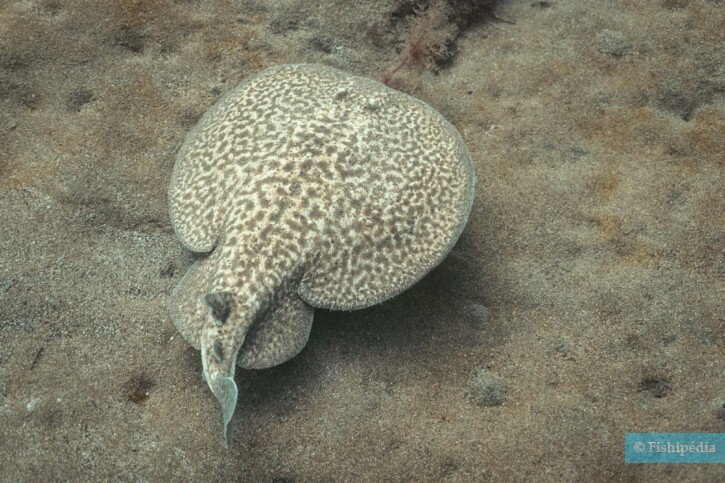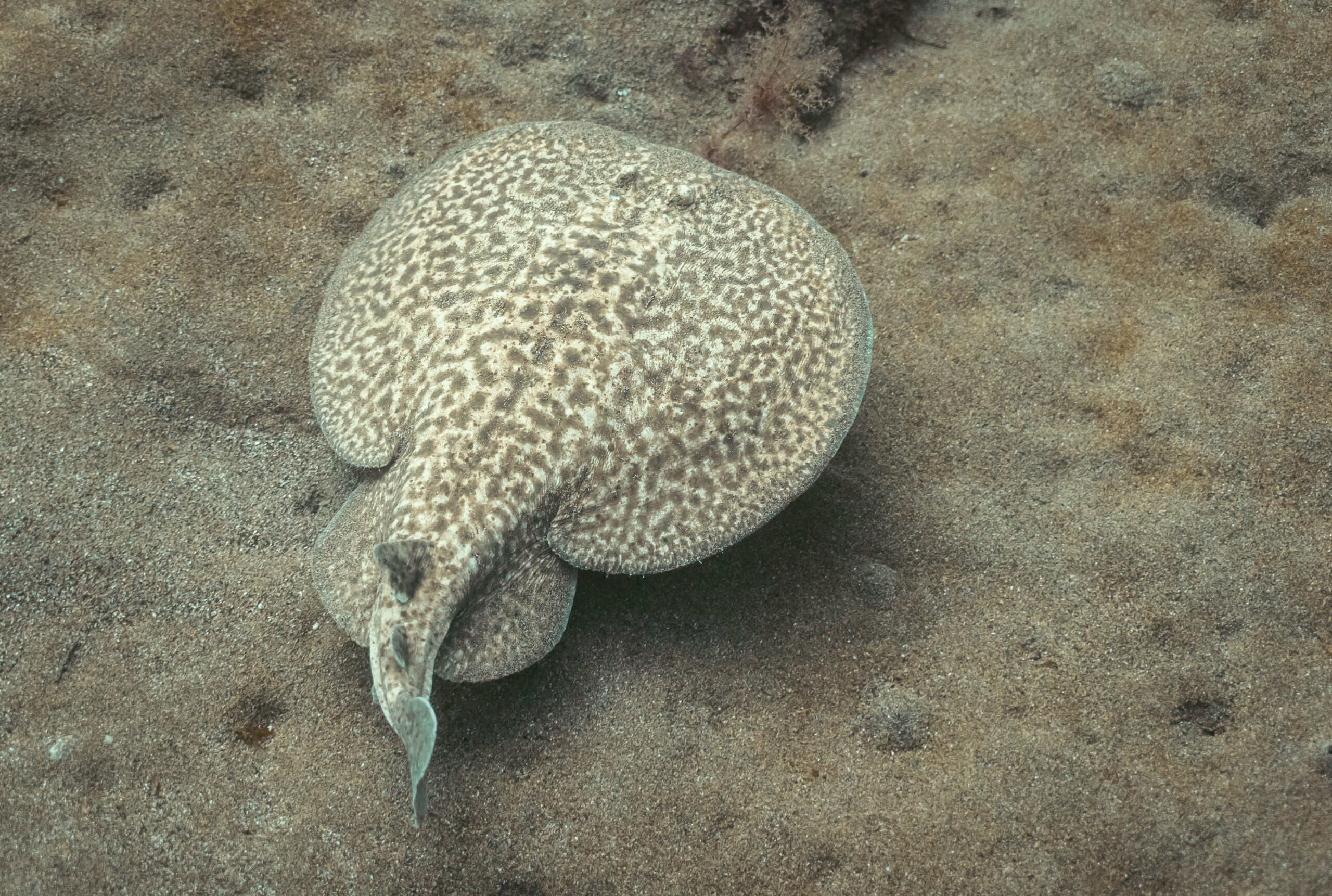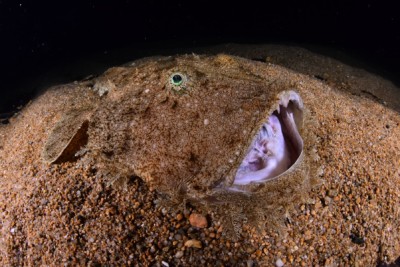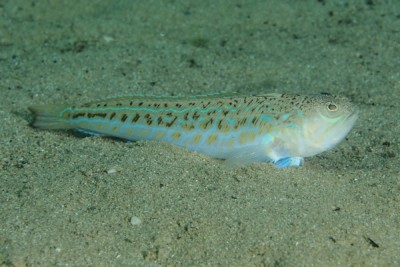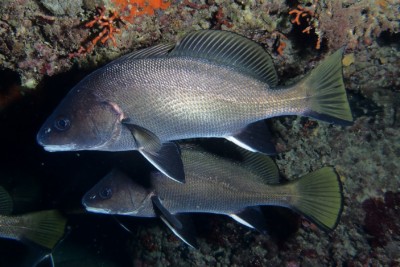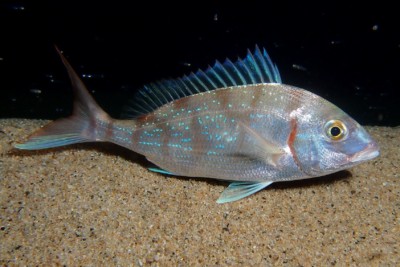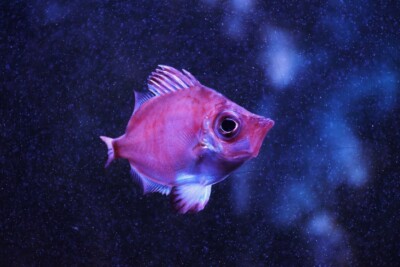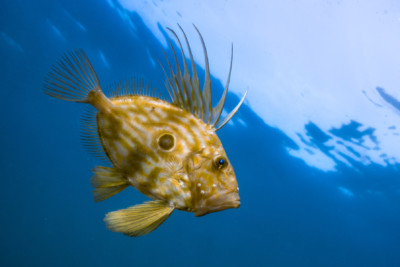Introduction
The Marbled torpedo ray, more commonly known as the marbled torpedo or electric ray, is a fish found from the North Sea to the southwest coast of Africa. This ray is also recorded in the Mediterranean Sea and the Black Sea.
This species mainly inhabits sandy bottoms near rocky reefs and aquatic plants. It is also known for its ventures into brackish estuaries.
Capable of delivering electric shocks, caution should be taken if encountered.
Who is it?
Morphology
-
Type
-
Average size60 cm
-
Maximum size100 cm
-
ShapeCircular
-
Mimicrysand
-
Patternmottling
-
Type
-
Average size60 cm
-
Maximum size100 cm
-
ShapeCircular
-
Mimicrysand
-
Patternmottling
How to recognize This fish ?
The body is thick and disc-shaped. It is beige with brown marbling. Its name marmorata comes from the Latin word meaning marbled. This species is characterized by six to eight papillae on the ventral edges positioned behind the eyes. The gill slits are partially ventral.
The dorsal fin is rounded and unlike most rays, the caudal fin is highly developed.
Sexual dimorphism
Dimorphism is pronounced in this species. Like sharks, males have claspers, reproductive organs at the base of the pelvic fins.
Behaviour & Life cycle
-
dietcarnivorous
-
Sociabilitysolitary
-
territorialNo
-
Way of livingnocturnal
The Marbled torpedo ray is a solitary nocturnal fish. During the day, it buries itself in the sand, with only its eyes and spiracles protruding. At night, it moves around in search of prey (fish and crustaceans).
Reproduction
-
Reproductionvivipare
The Marbled torpedo ray is a viviparous fish that gives birth to between 2 and 32 pups, measuring 10 to 14 cm, after a gestation period of 8 to 10 months. Males reach maturity at 30 cm, females at 40 cm.
Life-threatening species
-
VenomousNo
-
ElectrocuteYes
The shock from this ray is dangerous and can lead to drowning.
Origin and distribution
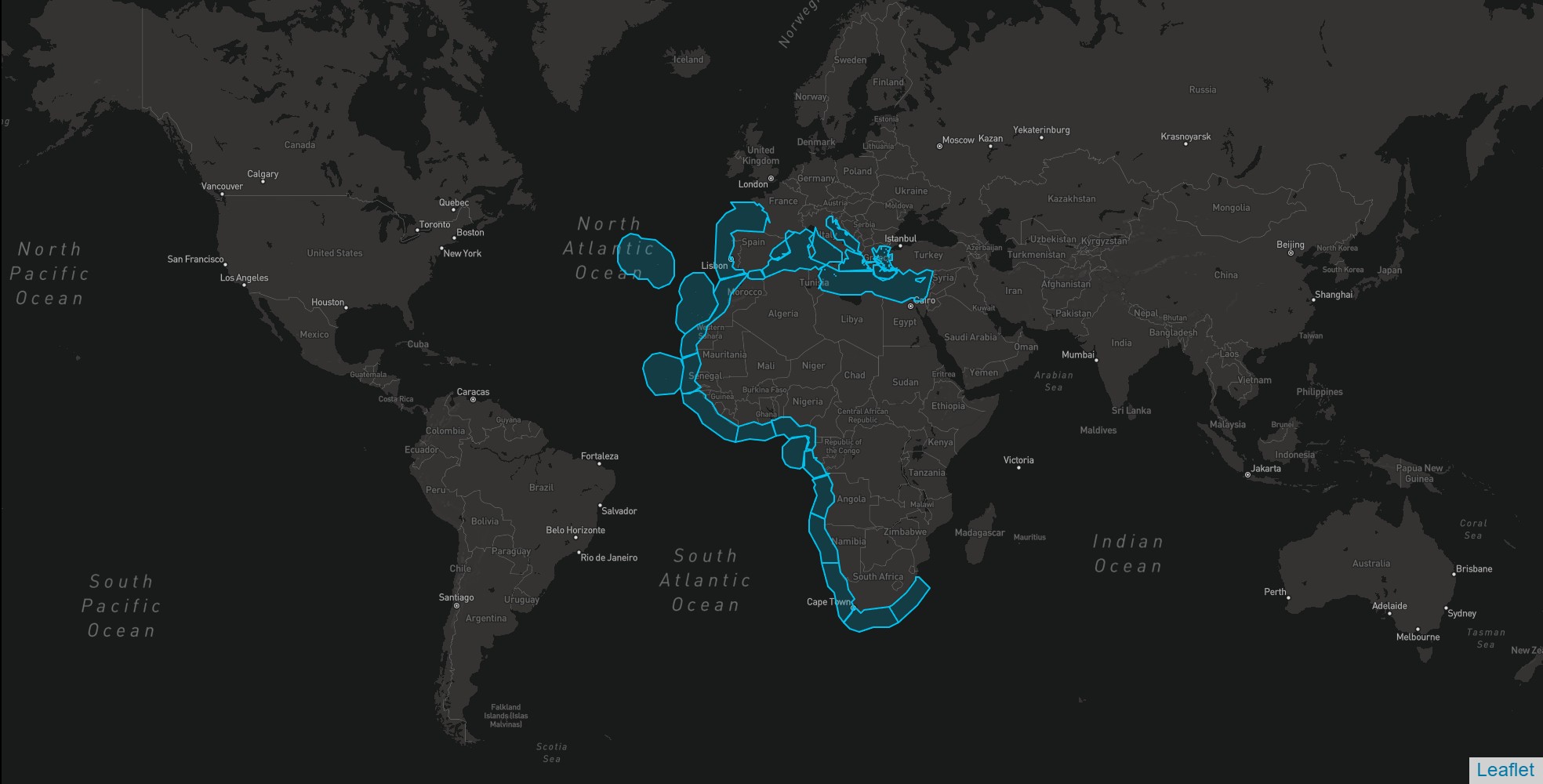
Geographic distribution & Conservation
The distribution range of Torpedo marmorata extends from the east of the Atlantic Ocean, from the British Isles to South Africa, and is also found in the Mediterranean basin.
Conservation status of populations (IUCN)
What is its habitat?
Natural environment characteristics
-
Depth0 - 370 m
Biotope presentation
The Marbled torpedo ray is found at depths of up to 370 m. It prefers sandy bottoms.
Species of the same biotope
To go further
Sources & Contributions
Participation & Validation
The Fishipedia team and specialist contributors are committed to providing high-quality content. However, although the information comes from scientific sources or testimonials from specialists, the cards may contain inaccuracies.

Adrien Falzon

Benoit Chartrer

Aurélien Calas
Translation
Translation done with the valuable contribution of our translators, who make this information available to a wider audience. We sincerely thank them for their commitment.
Scientific partners
Tags
#Torpedinidae
#Torpedo
#fonds sablonneux
#Ray
#Mediterranean Sea
#Océan Atlantique Est Afrique - Angulhas
#Océan Atlantique Est Afrique - Bengala
#Océan Atlantique Est Afrique - Golfe de guinée
#Temperate Eastern Atlantic Ocean
#Océan Atlantique Est Afrique - Transition & Cap Vert
#Eastern tropical Atlantic Ocean
#Corsica
#Canary Islands
#Sardinia
#Sicily
Species of the same biotope
